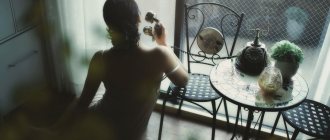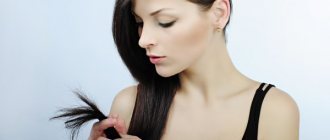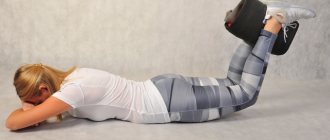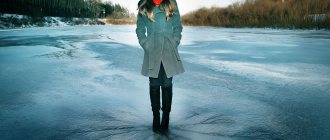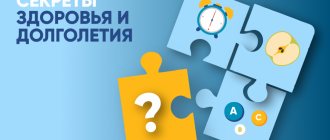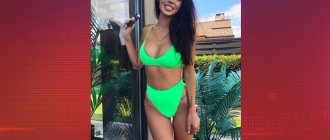Phase One: Quick, Indelible Real Life Sketches
You will need an inexpensive sketchbook (not too small, but one that you can use with your entire hand to draw freely, without depriving yourself of the opportunity to exercise your entire forearm along with your hand) and a permanent drawing tool such as a marker, ballpoint pen, felt-tip pen, etc. .
Then, all you need to do is look at people and very quickly, literally a couple of seconds after you look at the person, sketch the impression and energy of the body that he conveyed to you. The emotions you received. I filled out this page while sitting in a cafe. All these people were hurrying down the street while it was raining.
As you can see, there is nothing masterpiece here and I am not trying to draw the proportions correctly or fill in the details at the first stage. Sometimes the limbs are completed, sometimes not, it depends on what I paid more attention to in one position or another. However, these scribbles convey something: you can understand that these are completely different people. However, they have something in common - they are all in a hurry to get somewhere, but they are also different from each other. All these characters have different body energy. And this is what I mean by your practice for the first time!
The reason we'll do this before learning anatomy is because it's a skill that will be fundamental to creating more living bodies; and if you have already formed the habit of starting a drawing from a technical and precise side, then it will be difficult to “revive” the body at the next stage. The creator might get stuck with wooden dummy syndrome, and we don't want that. In the pictures shown below, you'll see the energy of the sketch underneath the completed, confident lines and how this helped finish the proper anatomy correctly while maintaining the dynamic of the quick sketch.
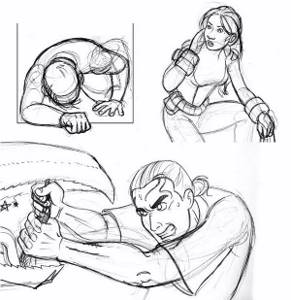
Another desirable result of this practice: we learn a lot by observing, but even more by actively observing (by sketching). While drawing my crowd of people above, I noticed how someone bends over to bear a heavy load, how rare it is to find a person who will walk with the correct upright posture in our tired society, how many people held the phone to their ear, and so on. Observing is always a good thing and will never be a waste of time, but it would be more effective to take some notes or sketches while doing so: it's like hitting the "save" button to capture and store the learned skills in your system. The more you observe and sketch, the more you imagine it on your body, instinctively already knowing how to draw certain things. This will be useful for the second phase (and for your career as an artist, of course).


